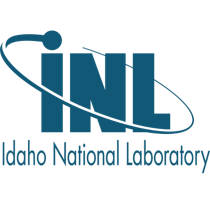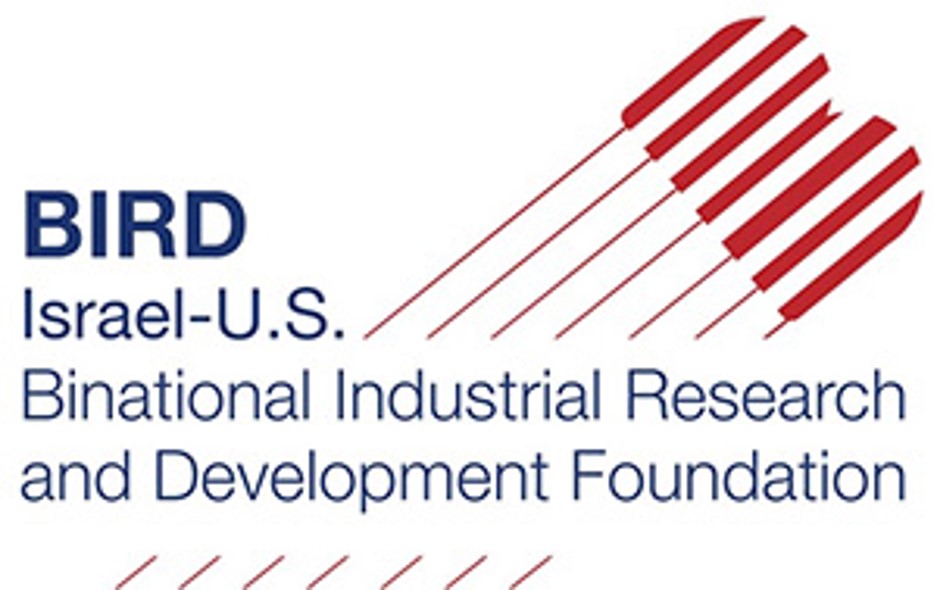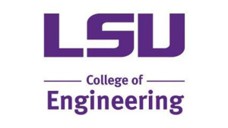Research
We have active ongoing research in the following areas.
-
Coupled Fluid and Heat Flow and Reactive Transport Modeling for Predictive Wellbore Integrity
from Fluid-Rock-Cement Interactions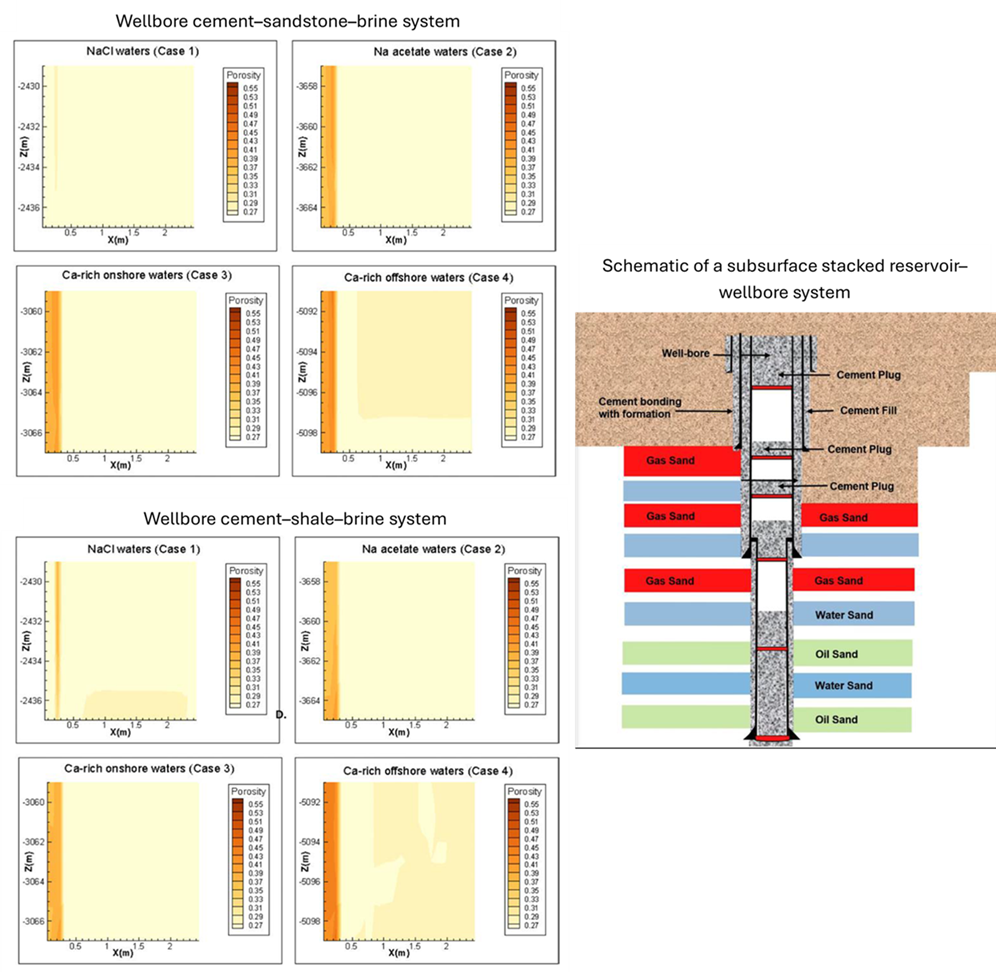
-
Investigating Geochemical Wellbore Integrity using Experimental and Analytical Techniques
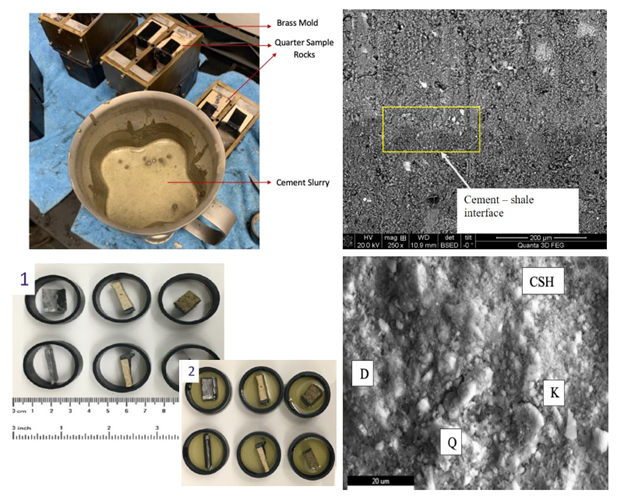
-
Underground Hydrogen Storage

-
Methane Emissions & Well Characterization – Orphan Wells
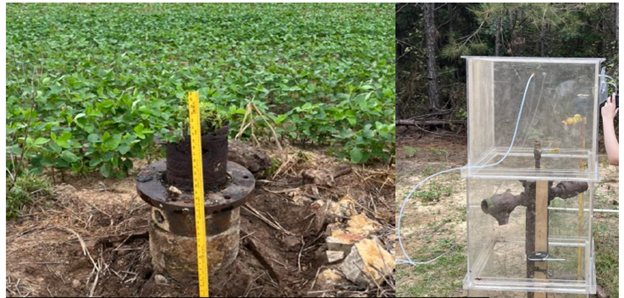
-
Geological Carbon Storage – Monkey Island, Louisiana
Licensing for Carbon Capture and Storage (CCS) wells is advancing rapidly in Louisiana. A key site for planned storage
is Monkey Island, the location of the Monkey Island Carbon Storage Project (MICSP), commercially known as GeoDura.
This project is part of the U.S. Department of Energy’s CarbonSAFE Phase III initiative, with over $26 million in funding-
primarily from the DOE. GeoDura is led by Advanced Resources International, Inc. (ARI), in collaboration with CarbonVert,
Louisiana operator Castex, Louisiana State University (LSU), the Southern States Energy Board (SSEB), and the Bureau
of Economic Geology (BEG). The commercial partner, OnStreamCO₂, is a joint venture between Castex and CarbonVert.
GeoDura Carbon Storage Hub. Source: Project Landing Page | netl.doe.gov
The project aims to establish a commercial-scale geologic CO₂ storage hub in Louisiana state waters near Monkey Island, capable of transporting and storing up to 9 million metric tons of CO₂ per year. Activities will include a comprehensive site assessment, permitting for UIC Class VI injection wells, and the development of both the storage field infrastructure and
a robust community engagement plan. Our group is investigating cement-rock-fluid geochemical interactions to assess
and ensure long-term barrier integrity of CCS for MICSP. -
Lithium Characterization from Oil Field Brines
In collaboration with the Idaho National Laboratory (INL)/Battelle Energy Alliance and funded by the U.S. Department of Energy’s Geothermal Technologies Office, we are investigating the potential for critical minerals—specifically lithium-in produced waters from oil and gas wells in the Louisiana’s Smackover Formation. Lithium (Li) production is a global priority
due to its essential role in battery technologies and clean energy systems. The Smackover Formation, which spans from
Texas to Florida and crosses into northern Louisiana, is a promising but understudied source. While lithium concentrations exceeding 400 ppm have been reported in brines from the Smackover in southwest Arkansas, the Louisiana segment
remains largely unexplored.
Sponsors


